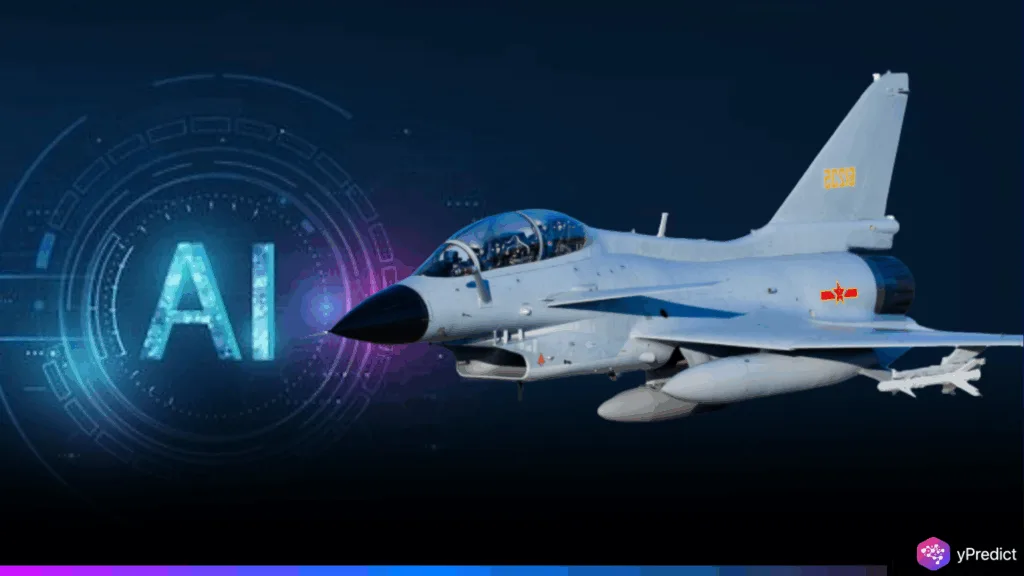
U.S. airmen in northeastern Japan are developing an AI tool called “Moneyball” to modernize Air Force flight scheduling. Created by the 35th Fighter Wing, the system uses predictive analytics to automate scheduling and analyze pilot log data. This helps quickly identify recurring inflight issues linked to specific aircraft, aiming to boost operational efficiency, according to Tech. Sgt. Andrew Schaeffer of Misawa Air Base.
Testing Underway for Pacific Exercise
Moneyball is scheduled for deployment during the upcoming Resolute Force Pacific exercise, where it will face its first real-world testing scenario. While the release did not confirm which aircraft models are currently supported, developers plan to scale the platform to include compatibility with the F-15 Eagle, F-22 Raptor, and B-1B Lancer in future iterations.
Details Kept Under Wraps
Citing “a combination of operational security and internal priorities,” Capt. Leeroy Stark, spokesman for the 35th Fighter Wing, declined to offer further comment or interviews with the development team.
The Moneyball project is part of a larger push by the Department of Defense to embed AI into key military functions, including maintenance, operations, and real-time decision-making.
Broader AI Push in the Pacific
The U.S. Air Force has been steadily advancing AI innovation in the Pacific region. A notable example came in 2023 when Yokota Air Base’s innovation hub, YokoWERX, teamed up with California-based AI startup Lilt. Their goal was to develop an AI-powered translation system capable of converting complex Defense Department terminology into Japanese.
This initiative aimed to bridge communication barriers between U.S. forces and their Japanese allies, reinforcing collaboration and interoperability in a strategically critical theater.
Human-Machine Team
At the AI+ Expo in Washington, D.C. earlier this month, Gen. David Allvin, the Chief of Staff of the United States Air Force, emphasized that the future of military conflict will rely heavily on human-machine partnerships in operations.
Moreover, Gen. Allvin explained that the time to think about implementing A.I. has passed, and now it requires considering how the Air Force will fast-track its implementation of A.I., and defines that to include data fusion, predictive maintenance, and real-time decision-making.
A key point was Gen. Allvin’s warning against the heavy usage of legacy systems because the Air Force cannot rely on or delay their AI implementation plan through legacy systems.
“We can only do that (implement A.I.) if we are not burdened or tied to the past,” he indicated, and this provides a clear indication of the Air Force’s intent on driving transformation and modernization through
Conclusion
The launch of Moneyball AI at Misawa represents a great leap forward in the Air Force’s digital transformation approach. As U.S. defense leadership rapidly integrates AI tools throughout the Indo-Pacific, programs like Moneyball also represent a change in approach toward smarter, mission-ready innovation to maintain air superiority in the age of digital complexity.






